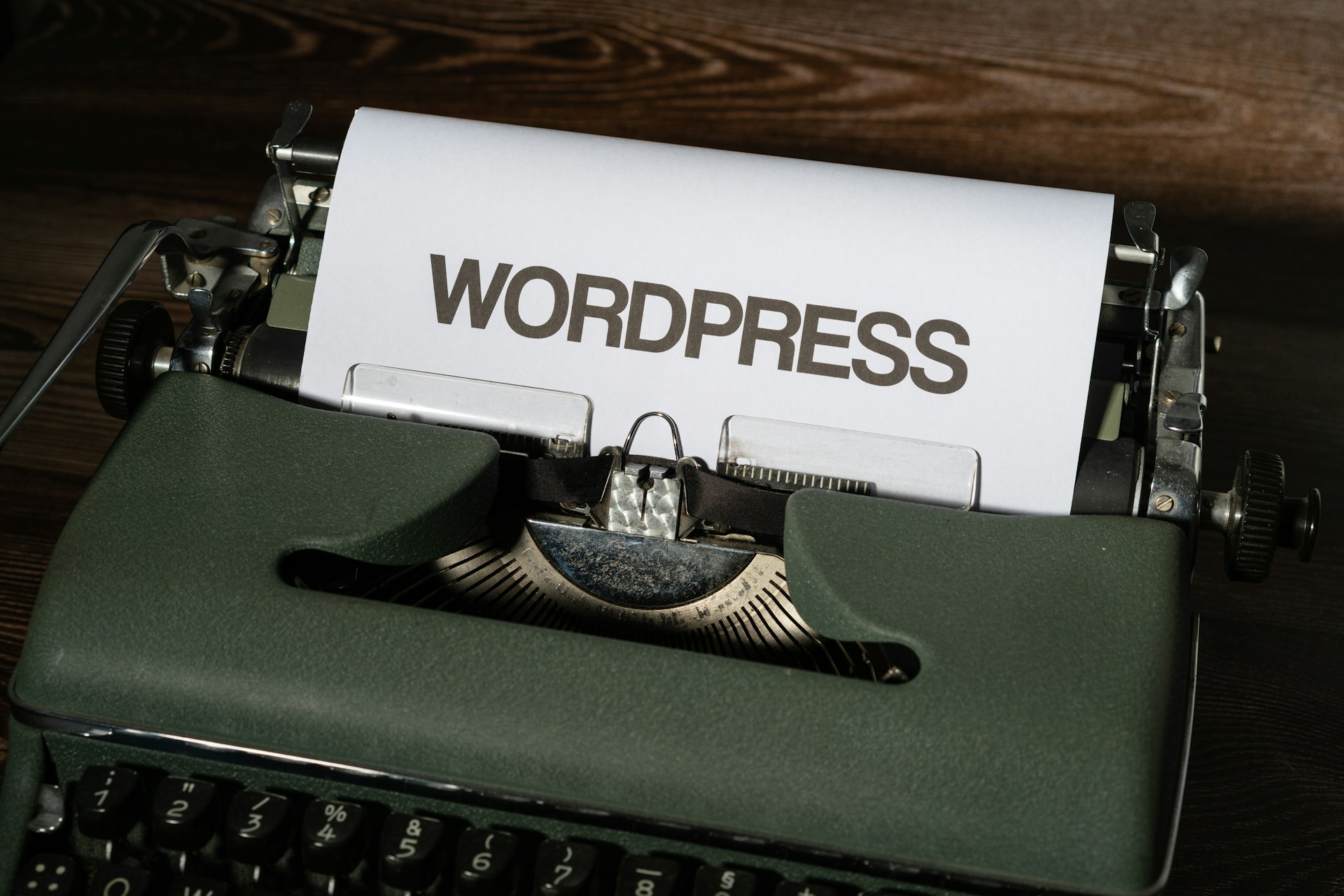Hey everyone! Anya here. So, you’re thinking about launching an online store? Awesome! But with *so* many e-commerce platforms out there, how do you even begin to choose? Trust me, I’ve been there. It’s overwhelming. But don’t worry, I’m here to break it down for you. This isn’t just about picking the “best” platform (because that doesn’t exist, BTW – it’s all about what’s best *for you*). It’s about finding the right fit for your startup’s specific needs and growth goals.
Key Considerations Before You Dive In
Before we even *look* at platforms, let’s get real about what you need. Think of it like planning a trip – you need to know where you’re going (your business goals), how much you can spend (your budget), and what kind of luggage you’re bringing (your technical skills). No point in bringing winter clothes to the Bahamas!
- Budget: How much can you realistically spend each month? Remember to factor in transaction fees, app costs, and potential developer fees.
- Technical Skills: Are you comfortable with coding, or do you need a drag-and-drop interface? Be honest with yourself!
- Scalability: Where do you see your business in 1, 3, or even 5 years? Will the platform grow with you, or will you need to switch later (which is a *massive* headache, trust me)?
- Specific Needs: Do you need to sell digital products, physical goods, or both? Do you need subscriptions, memberships, or appointment booking? Make a list of your “must-have” features.
The Big Players: Shopify, WooCommerce, and Magento
Alright, let’s get into the nitty-gritty. These are the names you’ll hear thrown around the most, and for good reason. They’re all powerful platforms, but they cater to different needs.
Shopify: The All-in-One Solution
Shopify is the rockstar of e-commerce platforms, especially for startups. It’s super user-friendly, offers a ton of built-in features, and has a massive app store to extend its functionality. Think of it as the Apple of e-commerce – everything just works, and it looks good doing it. But of course, that convenience comes at a price.
Pros: Easy to use, excellent customer support (seriously, their support is top-notch), scalable, beautiful themes, tons of apps.
Cons: Can get expensive as you scale (transaction fees can add up), less control over your store’s code compared to open-source options.
WooCommerce: The WordPress Powerhouse
If you’re already familiar with WordPress (and a *lot* of people are), WooCommerce is a fantastic option. It’s a free plugin that turns your WordPress site into an e-commerce store. The beauty of WooCommerce is its flexibility – you have complete control over your store’s code and design. But that also means it requires more technical know-how.
Pros: Free (the plugin itself), highly customizable, integrates seamlessly with WordPress, huge community support.
Cons: Requires more technical skills, you’re responsible for hosting and security, can be overwhelming for beginners.
Magento: The Enterprise-Grade Beast
Okay, Magento is a *serious* platform. It’s incredibly powerful and flexible, but it’s also complex and requires a dedicated development team. This is NOT the platform for a beginner, unless you’re planning on hiring a professional right from the start. Think of it as the Formula 1 car of e-commerce – amazing performance, but you need a skilled driver.
Pros: Extremely scalable, highly customizable, tons of features, ideal for large and complex businesses.
Cons: Very complex, requires technical expertise, expensive to set up and maintain.
Other Platforms to Consider
While Shopify, WooCommerce, and Magento are the big three, there are other platforms worth checking out, depending on your specific needs.
- BigCommerce: Similar to Shopify but offers more built-in features and scalability.
- Squarespace: Great for small businesses and creatives who want a simple and visually appealing store.
- Wix: Another user-friendly option with a drag-and-drop interface, but less scalable than Shopify.
Making the Right Choice
Alright, so how do you *actually* pick a platform? Here’s my advice:
- Start with your needs: Create a detailed list of the features you absolutely need and the features that would be nice to have.
- Try before you buy: Most platforms offer free trials or demos. Take advantage of them!
- Read reviews: See what other users are saying about the platform. But remember, every business is different, so take reviews with a grain of salt.
- Don’t be afraid to experiment: You can always switch platforms later (although it’s a pain, as I mentioned before). The important thing is to get started!
Look, choosing an e-commerce platform is a big decision, but it doesn’t have to be scary. Do your research, be honest about your needs and skills, and don’t be afraid to ask for help. You got this!
And hey, if you have any questions, feel free to reach out! I’m always happy to chat about e-commerce and help fellow entrepreneurs. Now go out there and build something amazing!

